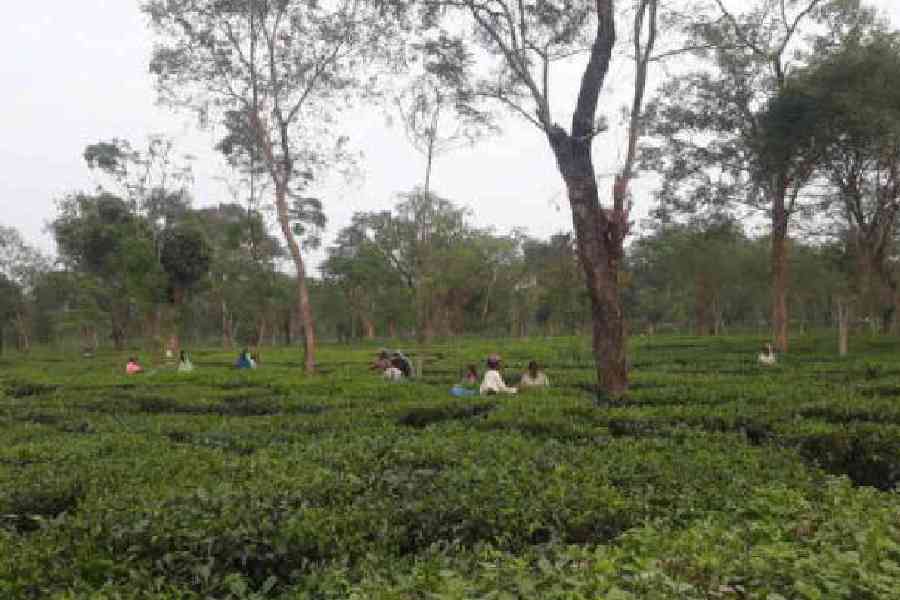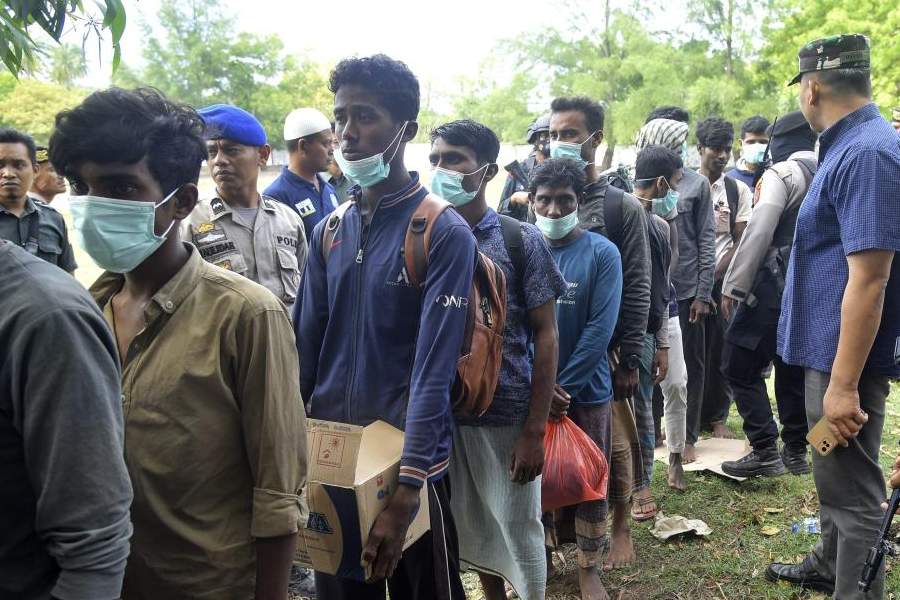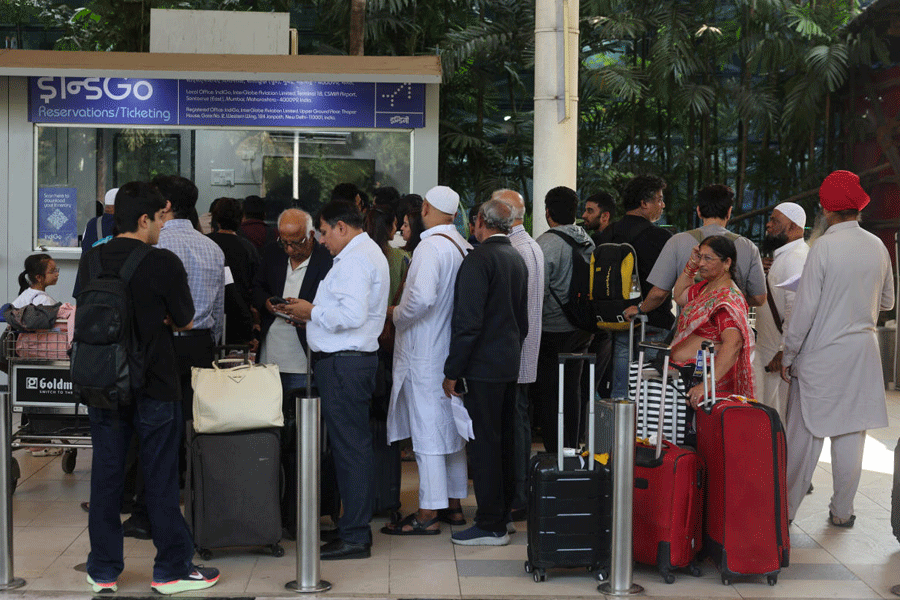Tea gardens in the plains of north Bengal suffered production losses up to 25 per cent in June because of inclement weather and pest attacks, said a report published by the Tea Research Association (TRA).
The association is headquartered at Jorhat in Assam and has offices in north Bengal. The TRA is a registered society and is funded by the Tea Board and the tea industry.
Usually, tea production goes up in June, which is one of the monsoon months.
“Tea production decreased in the Dooars during June this year by 0.4 per cent to 25.5 per cent. Yield was less on plantations in and around Jainti, Dalgaon and Kalchini (all in Alipurduar district) and Binnaguri, Damdim, Nagrakata and Chalsa (which are in Jalpaiguri district), as compared to the production in the corresponding month of 2024,” said a source in the TRA.
The overall drop in production in the Dooars was 10.3 per cent compared to June 2024, the source added. In the Terai, the production dropped by 6.52 per cent in June.
Experts at the TRA have pointed out that while it had rained 1,214mm in the Dooars in June 2024, the total rainfall in June this year was 505.4mm.
“Last year, the highest June temperature in the Dooars tea belt was 34.7 degrees Celsius. This time, the mercury soared to 36.9 degrees. Less rainfall and higher temperatures were to blame for the drop in the tea production,” said an expert.
Added to the adverse weather, there was an infestation of pests like green fly, thrips and red spider mite in tea gardens. “Bacterial and fungal infections also damaged tea leaves,” the expert said.
The Terai recorded no rainfall during the first 10 days of June. The day temperature was high and pest attacks retarded the growth of tea bushes.
“Every year, production reaches its peak during the rainy season. But this year, adverse weather affected the production in June. Similar weather conditions persist even in July. We hope the situation will improve in the coming months,” said a tea planter in Siliguri.
Along with the estates, the small tea sector, which contributes over half of the total tea production in north Bengal, also suffered losses.
“Most of the growers are in crisis because of low yield and pest attacks on the plantations. We are in touch with the experts to address the situation. There had been a similar situation in the neighbouring state of Assam,” said Bijoygopal Chakraborty, the president of the Confederation of Indian Small Tea Growers’ Associations.











